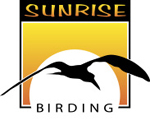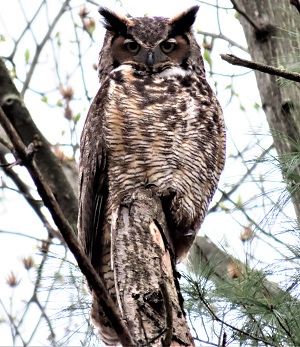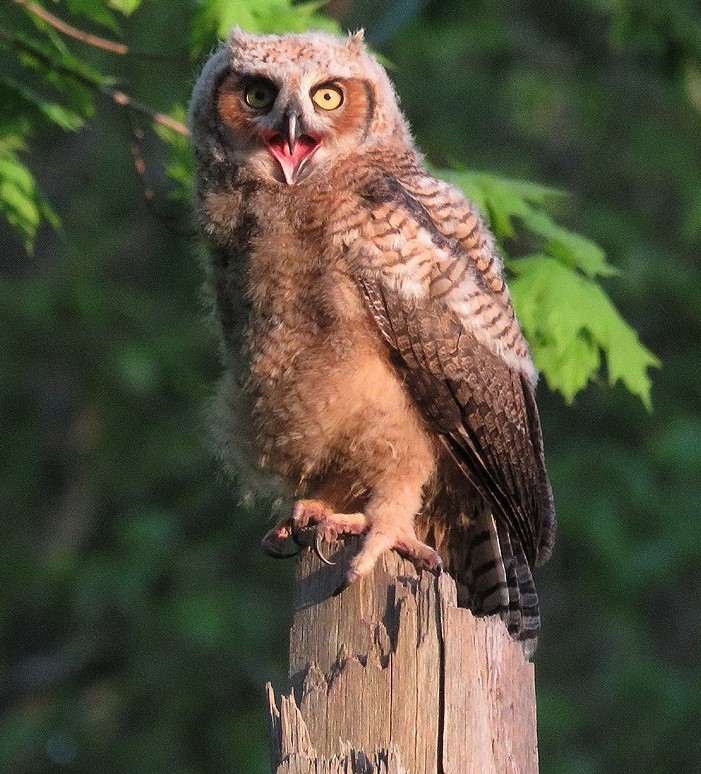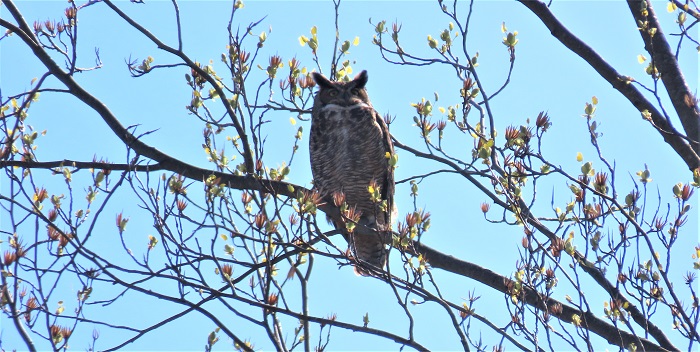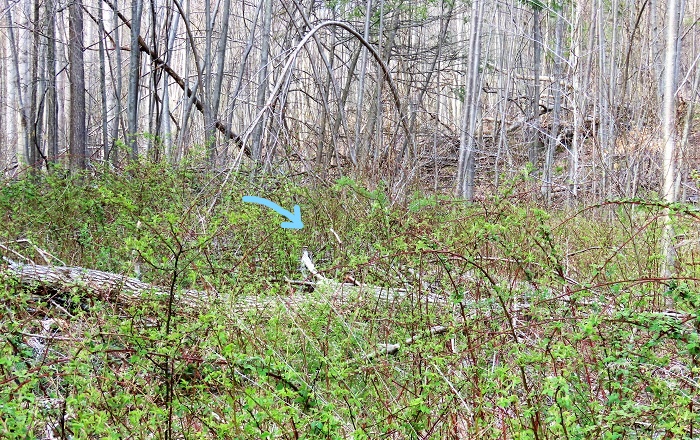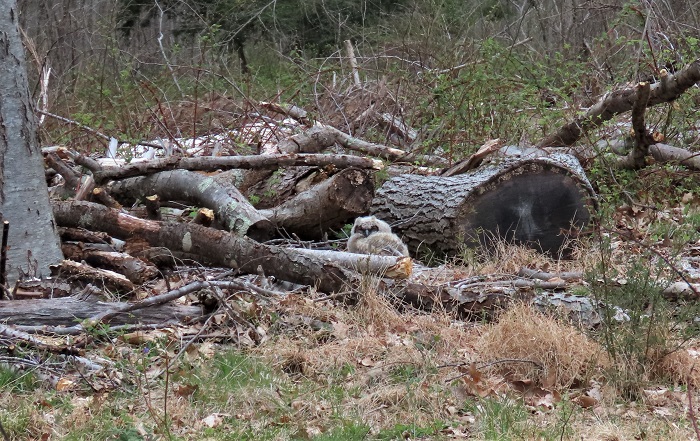Panama: Canopy
Tower & Lodge
with Diego Calderon
Plus Canopy Camp!
July 27/Aug 1-9, 2025
>Info & reservations
West Papua
Sept 15-30, 2025
>Info & reservations
Ecuador: Jocotoco Reserves
Oct 15-27, 2025
>Info & reservations
South Africa: Cape, Garden Route, Kruger
Oct 27-Nov 11, 2025
>Info & reservations
Colombia: Santa Marta
Nov 9-16, 2025
>Info & reservations
Thailand
December 3-19, 2025
>Info & reservations
Japan: Cranes, Eagles, Monkeys
Feb 4-15, 2026
>Info & reservations
Colombia: Araucana Lodge
March 11-18, 2026
>Info & reservations
Yellowstone with Denver Holt
March 15 -21, 2026
>Info & reservations
Tanzania Safari
March 31-April 11, 2026
>Info & reservations
Costa Rica:
Toucan/Tanager Special
April 4-11, 2026
>Info & reservations
Costa Rica: Hummingbird & Quetzal Special
April 10-17, 2026
>Info & reservations
Bhutan: Birds & Culture
April 5-20, 2026
>Info & reservations
Cyprus
April 18-24, 2026
>Info & reservations
Lesvos: Wildflowers & Spring Migration
April 23/26-May 3, 2026
>Info & reservations
Ecuador: Galapagos
May 28-June 6, 2026
>Info & reservations
Oregon
May 29-June 9, 2026
Info soon!
Finland:
Owls & Grouse
May 29-June 4, 2026
>Info & reservations
Norway:
Varanger Peninsula
June 4-10, 2026
>Info & reservations
Brazil: Pantanal Wildlife Safari
June 29-July 8, 2026
>Info & reservations
Australia: Southeast
Oct 22-Nov 1, 2026
>Info & reservations
Panama: Raptor Migration
with Frank Nicoletti
Plus Canopy Camp!
Oct 24/Oct 29-Nov 7, 2026
>Info & reservations
Tasmania
November 1-10, 2026
>Info & reservations
Southern Costa Rica
Jan 2027 tba
Info soon!
Lesser Antilles
10 Island Endemics
Jan 5-19, 2028
>Info & reservations
The Great Great Horned Owl Adventure
Spring 2020, Photos & text by Gina Nichol
In early April, I was walking one of the main trails and noticed something that looked like splattered white paint on the trail. I recognized the thick white past right away as "whitewash" or owl excrement.
The whitewash was under a pine tree and as I checked around, I also found some partially disintegrated owl pellets, the undigested fur and bones that owls cough up. Great Horned Owl pellets on the ground (somewhat disintegrated) I looked up into the tree and could see something that looked like it might be a nest. The probable nest was at least 40 feet up and it was impossible to see if there was anything in it. Each day, when I walked by, I checked around the ground and found more whitewash and pellets. And then one day as I checked the area, I realized that a Great Horned Owl was watching me from above near the nest. After that, each day when I walked through the area, there was always a Great Horned Owl watching me. On April 23, I was watching some Pileated Woodpeckers nearby and filmed this interesting behavior. While I was filming the woodpeckers, I heard an interesting bird call. I recognized it and remembered hearing that same call a few years earlier when I found this baby Great Horned Owl not far from the fishing docks at the south end of Lake Saltonstall.
I knew instantly that the sound was coming from a young Great Horned Owl begging for food. Satisfied with my film of the woodpeckers, I moved cautiously toward the sound which was coming from the ground below the suspected nest. As I approached, a pair of Northern Ravens flew by and dived down at something on the ground. The adult Great Horned Owl perched in the pines above clacked its bill as a warning to the Ravens and they promptly departed. There on the ground was a fledgling Great Horned Owl.
This young bird was in its "brancher" stage. It had left its nest but it could not yet fly. During branching, gravity often brings these owls to the ground where they are tended to by the adult birds. And that is just what was happening. The adult owl was there watching over the young fluff ball, protecting it and feeding it. The branching stage is a critical time for young owls. Being on the ground means they are vulnerable to predators, dogs and well-meaning people. They have strong legs at this stage and can climb into bushes and eventually they will take their first flights. But this one was in a fairly open area and it was calling every few minutes for food which could easily attract unwanted attention.
I went back later that afternoon and the young owl was in the same spot and the adult was there as well. I walked away thinking just how vulnerable the baby was. But the parent was in attendance and this was a natural part of the Great Horned Owl's life history. Somehow, some young owls survive this stage. The next morning I walked back down the trail. Overnight, the young owl had moved from its open spot and was nowhere to be seen. The adult owl, however, was perched in a deciduous tree. I surmised that the young owl was somewhere nearby under its parent's watchful eye.
I surveyed the area and it wasn't long before I heard the familiar begging call of the young owl. This time is was coming from some thick brush, a much better hiding place I thought.
The next day, again the adult owl was around but the young one was nowhere to be seen or heard. On April 28, I spotted the adult owl in a deciduous tree being hassled by a Blue Jay. I suspected the young owl was somewhere nearby and soon spotted it just off the trail under a birch tree. Once again, this was not the best place to be. Though the owl blended in to its background, it was right in the open and right next to a trail.
The bird remained in that spot all day (as I noted on my evening check). The next day the bird had moved slightly but was still in the open. Before it spotted me, it was up and moving around near a big fallen log. When it became aware of my presence, it sat down and stayed still.
I went back the next day in the morning and evening but did not see the young owl again. I hoped that it had moved further into the cover of the forest and checked for several days after but nothing, yet. I did get a chance to inspect the area where the young bird had been on the ground for two days at the base of the birch tree. There were some animal parts, fur, bones and a pellet. This was an amazing experience and I am grateful to have witnessed it. A few days later, I met two people birding in the area and they had seen an adult owl in the original grove of pine trees. What happened next? Who knows!
|
All photos by Gina Nichol unless otherwise noted.
Contact Gina Nichol at [email protected] or 203.453.6724
